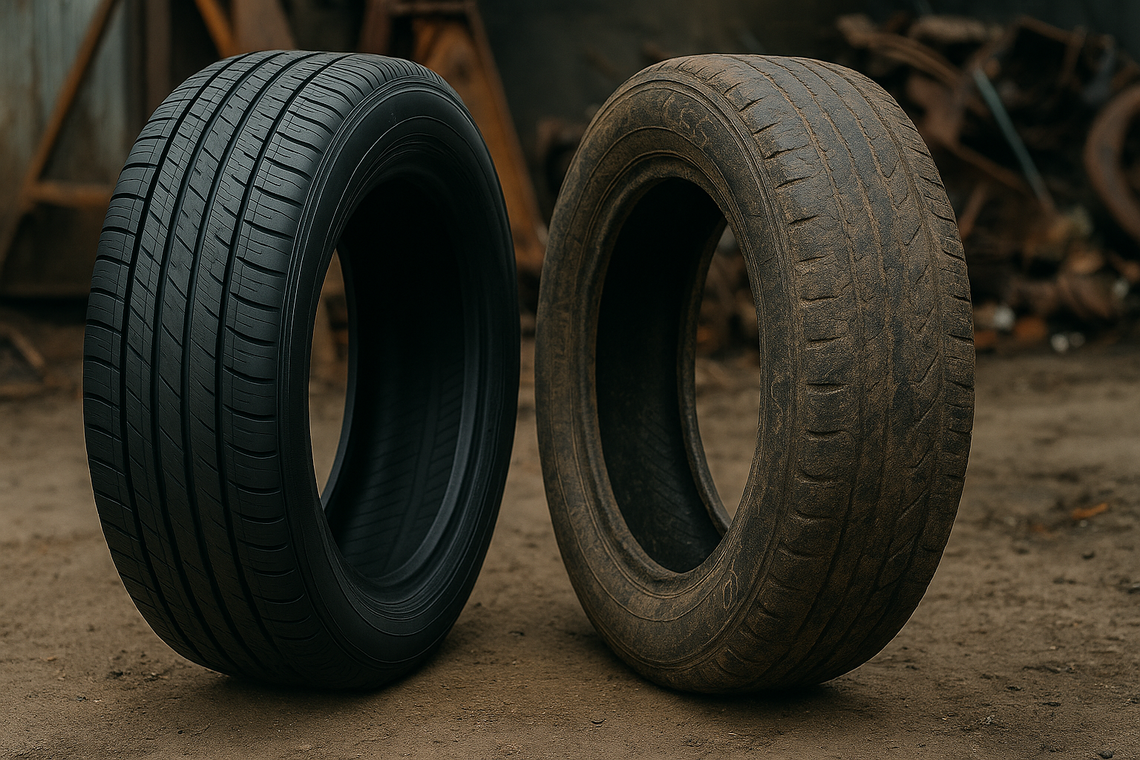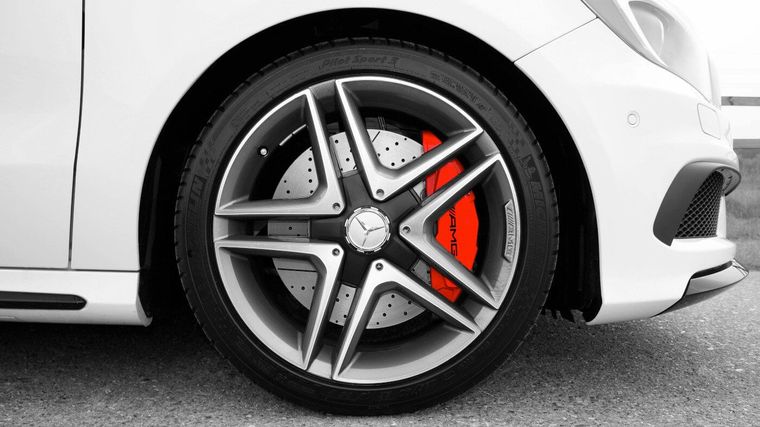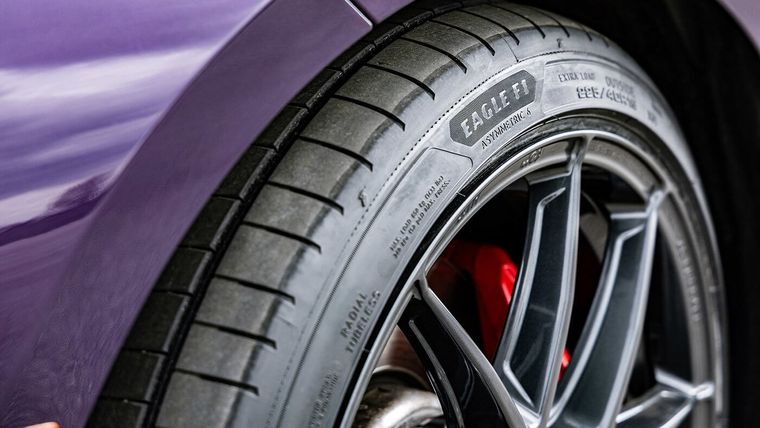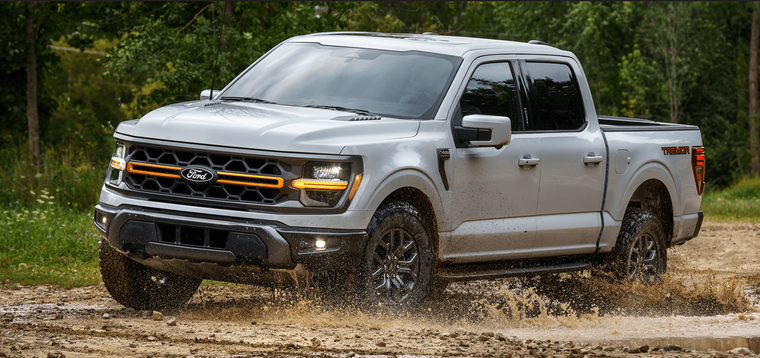Proven fact: changing your tires is expensive. For example, buying a set of new all-season tires will cost you at least $700 if you own an SUV, and around $500 if you drive a compact car (e.g., Honda Civic)—and that’s before taxes.
This is why many people, for both winter and summer tires, consider buying used tires instead of new ones. Blackcircles.ca, your online tire sales specialist in Canada, explains you below why it’s better to buy new tires rather than used ones.
When is a Tire Considered Used?
The first step in this new vs. used tire comparison is defining what a used tire is.
It’s any tire that has been mounted on a vehicle and been driven on. This definition is broad, as it includes both tires that are still usable and those too worn to drive safely.
A tire is considered unusable when the tread depth reaches 1.6 mm (or 2/32”). Wear can also be detected visually thanks to the tire’s wear indicators.
However, it is recommended to replace tires when the tread depth falls below 4 mm (or 5/32”).
In practice, a used tire can be one with its original tread that shows some degree of wear, or a retreaded tire (meaning the tread has been replaced).
New Tires vs. Used Tires: A Question of Durability and Safety
In reality, it’s unwise to buy used tires if their tread depth is less than 4.8 mm (or 6/32”). More broadly, a used tire will always have a shorter lifespan than a new one.
Generally, the maximum service life of a tire is 10 years, and ideally less than 6 years if you want to keep using your used tires for a few more years.
Even if used properly, stored under good conditions, and visibly in good shape (no cracks, no discoloration, etc.), the rubber will inevitably have aged and lost some or all of its properties.
Add to this the lack of information about how the tire was used by its previous owner, and you have increased safety risks:
· Reduced grip
· Longer braking distances
· Increased risk of punctures
Handling may also be worse, especially due to uneven wear. In short, used tires will last a shorter period of time and can present safety hazards on the road.
Buying Used Tires: Many Obstacles
As with any second-hand product, the main appeal of used tires is their lower price compared to new ones.
However, buying used tires—whether with or without rims—is often complicated.
New tires are sometimes sold with wheels included, either for free or for an extra fee. This is much rarer for used tires, especially winter ones, as owners often keep their rims for their new tires.
The challenges don’t stop there: the tires must match your car model and wheel size, and the seller must have the exact number of tires you need. It’s not always simple.
Used Tires: The Warranty Problem
Finally, there’s the issue of warranty. Depending on the province, consumer protection laws may not have specific provisions for selling used tires.
In Quebec, for example, they may be covered by a legal warranty of quality if sold by a retailer. In this case, the law states that the sold item must be usable under normal conditions for a reasonable period of time.
However, your chances of benefiting from such a warranty are very low if you buy from a private seller on sites like Kijiji, LesPAC, or Facebook Marketplace. If you still opt for used tires, it’s better to buy from a professional rather than online.
Buying New Tires: The Safe Choice
When it comes to new tires, although they are more expensive upfront, they offer many advantages—starting with improved safety.
They ensure optimal grip, particularly thanks to deeper tread that grips the road better, especially on wet or snowy surfaces. This also results in shorter braking distances.
New tires last longer, deliver consistent performance over time, and are covered by the manufacturer’s warranty. Finally, you know exactly where they come from.
In conclusion, while they are a bigger investment, choosing new tires instead of used ones gives you complete peace of mind—for both safety and durability. To buy your tires online at the best price, visit Blackcircles.ca.





